Canadian wildlife are not just ‘winging’ it when it comes to their migration patterns.
Migration is a large-scale movement of a species from one location to another, typically in search of food, water, or mating needs. Migration happens seasonally and involves a return journey.
Many of our Canadian wildlife species migrate, including species of amphibians, reptiles, fish, crustaceans, insects, and mammals. All journeys look different, as some species travel by land, sea, or air to reach their destination, crossing enormous distances in large numbers.
Let’s take a look at some fascinating new facts about migration patterns with some of Canada’s beloved species! Who would you travel with based on the profiles below?
The Monarch Butterfly, the one equipped with its own sophisticated internal compass.
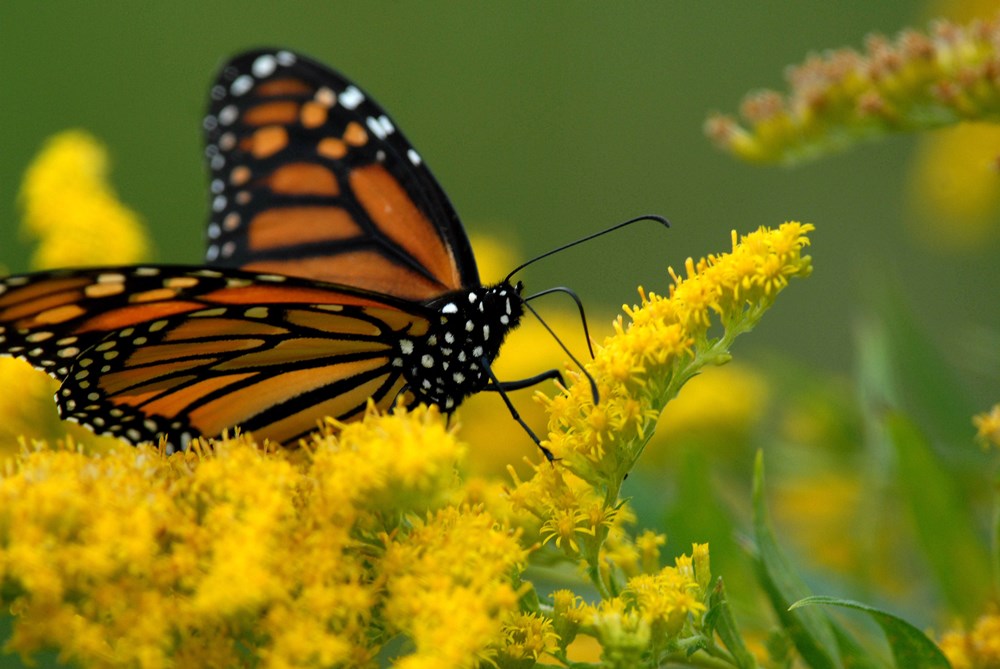
Monarch butterflies are famous for their several thousand kilometers annual long-distance migration.
How do they know where they are going?
Although the size of their brain is comparable to a single grain of rice, Monarch butterflies are equipped with extraordinary abilities when it comes to managing their orientation.
While humans rely on the use of modern navigation devices, monarchs rely on their efficient internal compass. While in flight, sun information is processed in the butterfly’s brain as the nerve cells change their coding strategy, representing the direction of travel relative to the sun – like a compass!
If you don’t want to get lost, I’d go with the Monarch Butterfly.
The Antarctic Killer Whale, the one with a killer beauty regime.
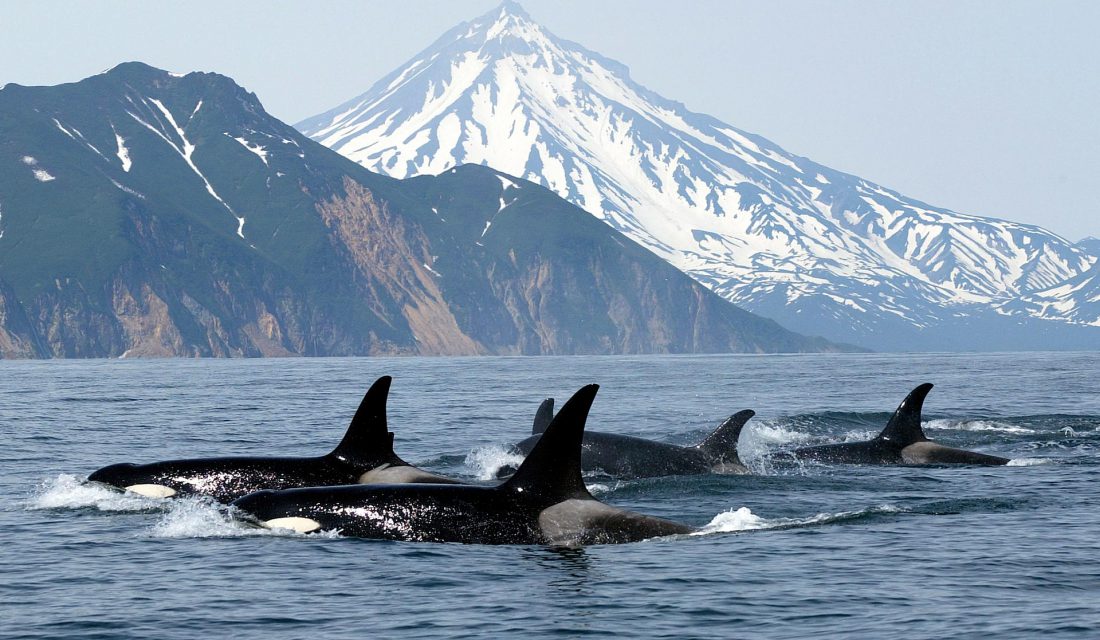
Whales undertake some of the longest migrations on our planet, swimming thousands of miles over several months to find food and give birth. However, taking care of their skin health appears to have also made the list for reasons to migrate.
Does your beauty regime involve migrating to low latitudes to maintain healthy skin?
Like humans, whales regularly shed their outer skin cells; this process is known as molting. Whales that forage in freezing waters conserve body heat through the diversion of blood flow away from the skin. Migrating to warmer water to forage allows the revival of their skin metabolism and molt as the environment does not reduce their body heat, driving migration!
If your beauty regime needs some tweaking, I’d go with the Antarctic Killer Whale.
The American Robin, the one who gets a head start at reaching its destination.
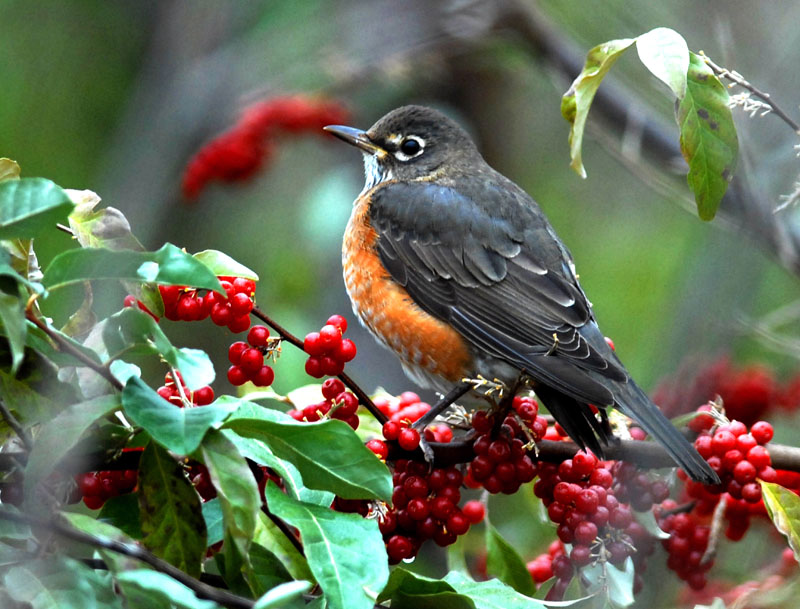
During the spring, American robins fly up to 400 kilometers a day to reach their breeding grounds, where they spend the summer in a haste to secure a mate, build a nest, raise a family, and fatten up before heading back.
When do robins know when it’s time to make this long journey?
The change in environmental conditions along their migration route help keep robins in check with the shifting seasons. Recent studies reveal that when winters are warm and dry, the journey to head north starts earlier.
With climate change making seasonal rhythms less predictable and the arrival of springtime earlier in the Arctic, robins are migrating 12 days earlier than in 1994.
If you are always eagerly tracking snow conditions, waiting for things to melt, I’d go with the American Robin.
The Arctic Tern, the one with the specific travel route.
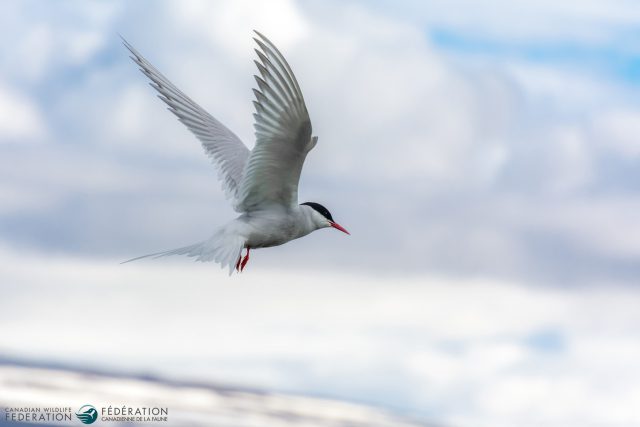
Imagine holding the world record for the longest annual migration using only a few select routes!
Arctic terns are an indicator species that reveal information about the various ecosystems they travel through. If they fail to reach their destination one year, it’s safe to assume there may have been an environmental challenge somewhere along their route.
When migrating south, most terns take one of three routes: two along the Atlantic Ocean and one along the Pacific Ocean. When migrating north, most terns stick to one of two routes: Atlantic or Pacific.
These key findings could help efforts to conserve the declining species, as assessing the travel routes can help protect Arctic tern populations by shielding them from human-related impacts during travel.
If you don’t like change, I’d go with the Arctic tern.
The Elk, the one who is willing to travel the distance for a delicious, herbivorous meal!
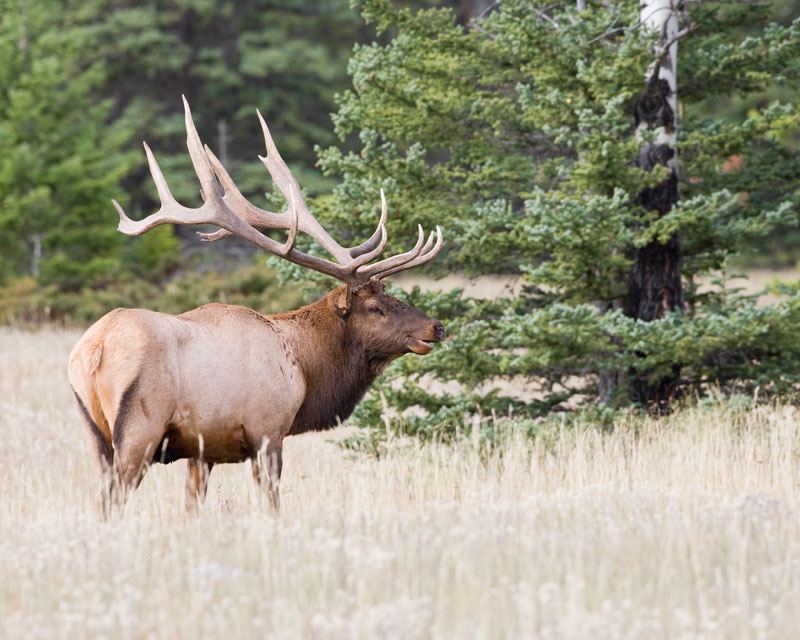
Are you willing to travel the distance for your favourite meal?
Elk sure are!
Being able to select high-quality forage is one of the primary drivers for elk migration. In fact, areas that have experienced disturbances, such as burning or logging, can attract elks to migrate because of the increase in forage quality (short-term) and increase in forage biomass (long-term).
However, areas with major roads are avoided due to the lack of natural herb-shrub vegetation.
If you want to beat traffic, I’d go with the Elk.
The Whooping Crane, the one who always takes the scenic route – void of wind turbines.
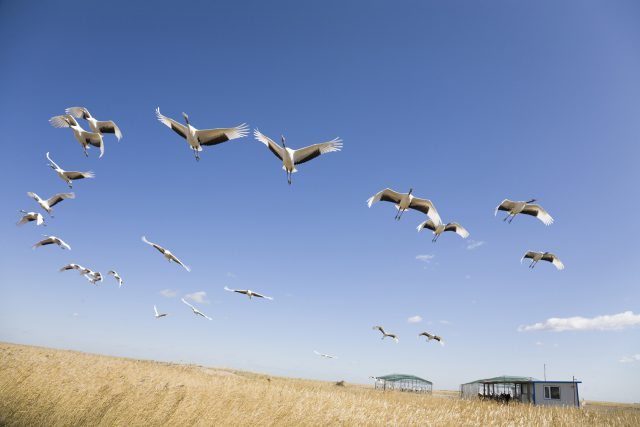
Taking the alternative route to steer clear of wind turbines is never a bad decision.
In the case of the Whooping crane, rest stop sites that are within 5 kilometers of wind-energy infrastructure are avoided during migration.
Avoiding wind-energy infrastructure can decrease the chances of collision mortality. However, the change in route can make it more difficult and time-consuming to find safe and suitable rest stops to refuel.
These key findings can improve future decisions regarding siting wind energy infrastructure.
If you prefer the scenic route, I’d go with the Whooping Crane.
Planning a trip is never easy. Bravo to our Canadian wildlife species who put in a lot of preparation into planning before heading out on their big journey. Safe travels!

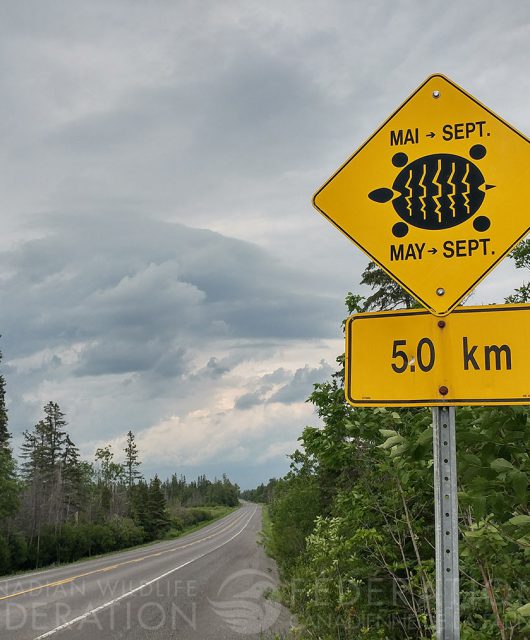
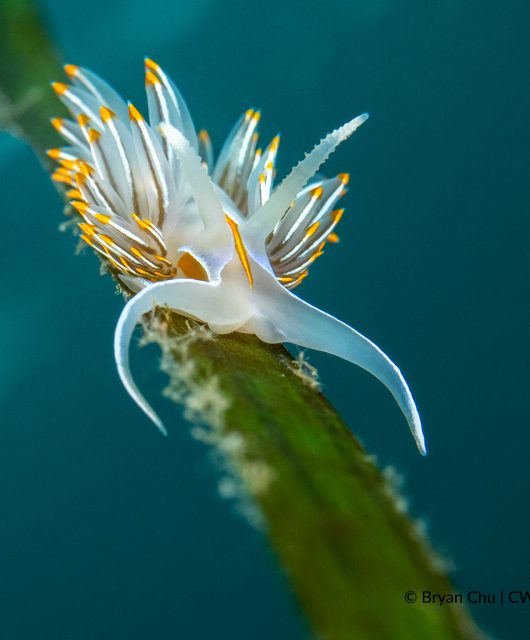
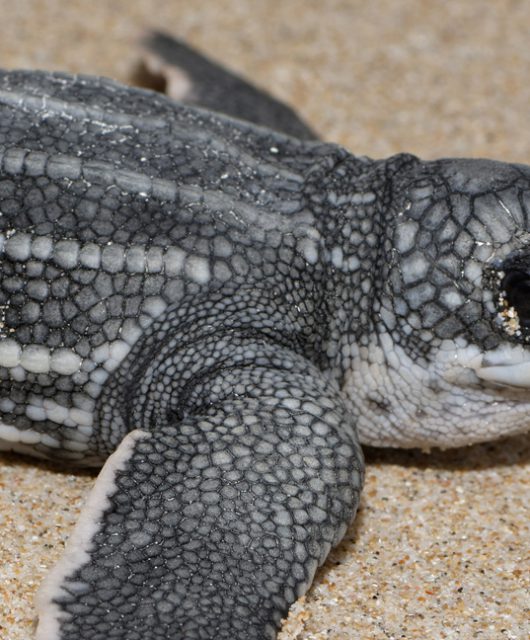
1 comment